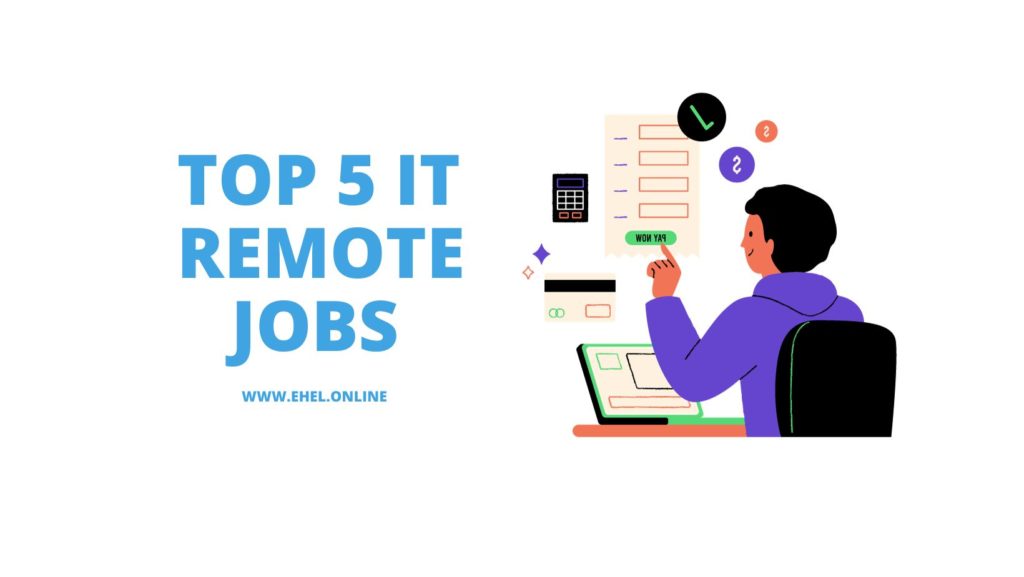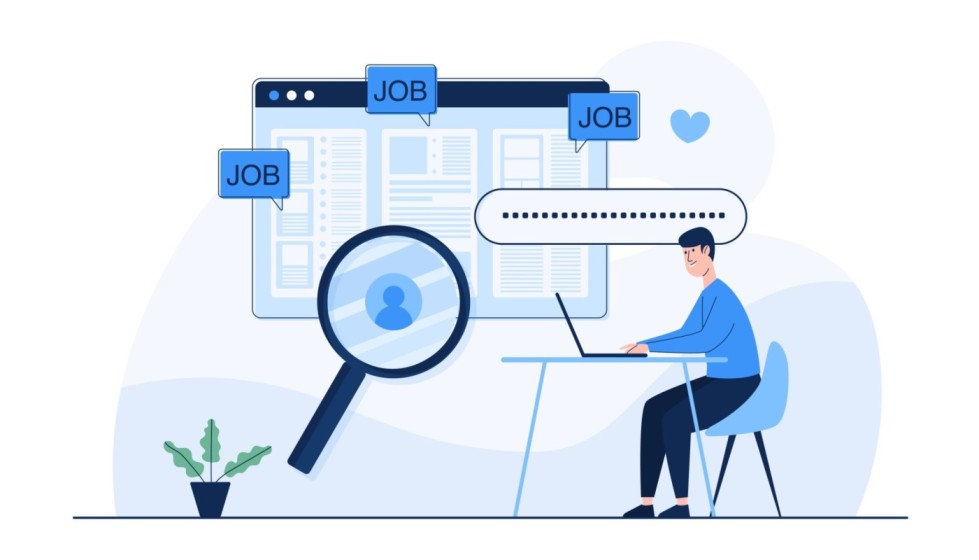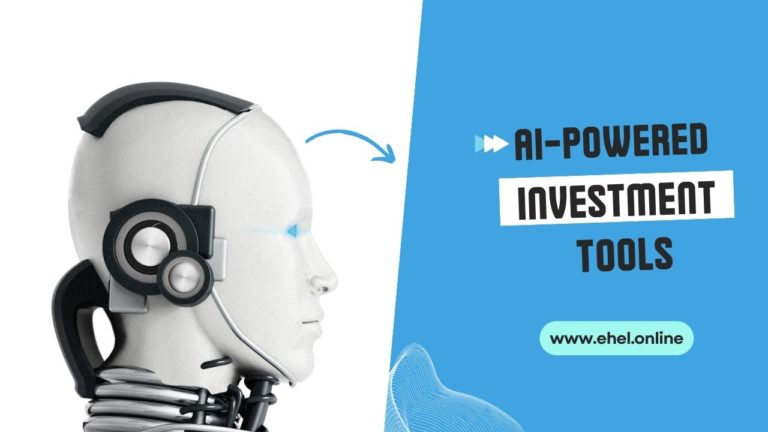TOP 5 REMOTE IT JOBS IN 2024

Introduction to Remote IT Jobs:
The IT industry has witnessed a significant rise in remote work culture in recent years. With the increasing availability of technology and the realization of its benefits, companies are embracing remote work arrangements. In this blog post, we will explore the top 5 remote IT jobs that are projected to excellent opportunities in 2024. We will discuss the benefits and challenges of remote IT jobs, provide an overview of the job market in 2024, and dive into the specifics of each role.
The Rise of Remote Work Culture in the IT Industry
The IT industry has been at the forefront of embracing remote work culture. Advancements in technology and communication tools have made it easier for IT professionals to collaborate remotely. This shift has been accelerated by the COVID-19 pandemic, which forced companies to adopt remote work policies. As a result, companies have realized the numerous benefits of remote work, such as increased productivity, access to a global talent pool, cost savings, and improved work-life balance.
Benefits and Challenges of Remote IT Jobs
Remote IT jobs offer several advantages for professionals seeking flexibility and work-life balance. Some of the benefits include the ability to work from anywhere, savings on commuting time and costs, and a more comfortable work environment. Additionally, remote work allows IT professionals to choose projects that align with their interests and skills, regardless of location. However, remote work also comes with its own set of challenges, such as isolation, communication barriers, and the need for self-discipline and time management.
Overview of the Job Market in 2024:
The job market for remote IT professionals is expected to be highly favorable in 2024. As companies continue to prioritize remote work and invest in digital transformation, the demand for IT professionals will only grow. With advancements in technology and the increasing reliance on digital solutions, IT roles will play a crucial role in driving innovation and growth across industries.
1: Full Stack Developer
A. Understanding the Role of a Full Stack Developer
Full Stack Developers are responsible for handling both the frontend and backend development aspects of a software application. They possess expertise in frontend development, backend development, and database management.
1. Frontend Development Expertise
Frontend development focuses on creating the visual and interactive elements of a website or application. Full Stack Developers utilize their skills in HTML, CSS, and JavaScript to design and implement appealing user interfaces.
2. Backend Development Proficiency
Backend development involves handling the server-side of an application. Full Stack Developers are proficient in programming languages like Python, Java, or Ruby, and frameworks like Node.js or Django, to build server logic and ensure smooth data flow.
3. Database Management Skills
Full Stack Developers have a strong understanding of database management systems, including SQL or NoSQL databases. They are responsible for storing, retrieving, and manipulating data efficiently.
B. Emerging Technologies for Full Stack Developers
As technology continues to evolve rapidly, Full Stack Developers need to stay updated with emerging trends and technologies to remain competitive in their field.
1. AI Integration and Automation
Artificial Intelligence (AI) is transforming various industries, and Full Stack Developers can leverage AI technologies to automate routine tasks, enhance user experiences, and improve overall application performance.
2. Progressive Web Applications (PWAs)
PWAs are web applications that provide a native app-like experience to users. They offer features like offline accessibility, push notifications, and device hardware access. Full Stack Developers can harness the power of PWAs to create fast, responsive, and engaging web applications.
3. DevOps and Cloud Computing Inclusion
Full Stack Developers with knowledge of DevOps practices and cloud computing platforms like AWS or Azure are in high demand. DevOps enables smooth collaboration between development and operations teams, while cloud computing provides scalable infrastructure for application deployment.
C. Key Industries Hiring Remote Full Stack Developers
Remote full stack developers have a wide range of industries to choose from. Here are three key industries actively seeking these professionals:
1. E-commerce and Online Retail
In the rapidly growing e-commerce industry, full stack developers play a crucial role in building user-friendly interfaces, implementing secure payment gateways, and integrating inventory management systems.
2. FinTech and Banking
The financial technology (FinTech) sector relies heavily on advanced web and mobile applications for transactions, data management, and security. Full Stack Developers are essential in developing and maintaining these critical systems.
3. Healthcare and Telemedicine
The healthcare and telemedicine industries are witnessing a significant shift towards digital solutions. Full Stack Developers play a vital role in building secure and user-friendly platforms for online consultations, medical record management, and patient monitoring.
2: Cybersecurity Analyst
A. Overview of Cybersecurity Analyst Role
Cybersecurity analysts are responsible for protecting an organization’s computer systems and networks from cyber threats. They identify vulnerabilities, monitor for security breaches, and implement security measures to safeguard sensitive information.
1. Identifying and Mitigating Cyber Threats
Cybersecurity analysts analyze network traffic, investigate security incidents, and identify potential threats. They develop strategies to mitigate risks and prevent unauthorized access to systems.
2. Implementing Security Protocols and Measures
Cybersecurity analysts create and enforce security protocols and measures within an organization. This includes implementing firewalls, antivirus software, and encryption tools to ensure data confidentiality and integrity.
3. Conducting Security Audits and Risk Assessments
To maintain effective security, cybersecurity analysts perform regular security audits and risk assessments. They identify vulnerabilities and recommend solutions to enhance the overall security posture of an organization.
B. Evolving Cybersecurity Technologies and Practices
As cyber threats become more sophisticated, cybersecurity analysts need to stay updated with the latest technologies and practices to protect against emerging threats.
1. Artificial Intelligence in Threat Detection
Artificial Intelligence and machine learning algorithms are increasingly being used to detect and respond to cyber threats in real-time. Cybersecurity analysts can leverage AI technologies to identify patterns and anomalies that indicate potential attacks.
2. Blockchain for Secure Data Management
Blockchain technology offers transparent and secure data management capabilities. Cybersecurity analysts can leverage blockchain to ensure the integrity of transactions, secure identity management, and prevent data tampering.

3. Zero Trust Architecture for Enhanced Security
Zero Trust Architecture is a security model that requires verification for every access request, regardless of the user’s location or credentials. Cybersecurity analysts can implement this model to enhance security by minimizing the attack surface and preventing unauthorized access.
C. Industries with Increasing Demand for Remote Cybersecurity Analysts
The need for cybersecurity analysts is growing rapidly, and remote professionals have a vast array of industries to explore for job opportunities. Here are three industries where remote cybersecurity analysts are in high demand:
1. Financial Services and Insurance
The financial services and insurance industries handle sensitive customer data and financial transactions, making them prime targets for cyber attacks. Remote cybersecurity analysts are essential in protecting these industries from data breaches and financial fraud.
2. Government and Military
Government agencies and the military sector deal with highly classified information and critical infrastructure. Remote cybersecurity analysts play a critical role in protecting classified data, preventing cyber espionage, and ensuring the security of vital systems.
3. Tech Startups and Software Development Companies
Tech startups and software development companies are increasingly realizing the importance of incorporating robust cybersecurity measures from the start. Remote cybersecurity analysts can help these organizations secure their products and services, gaining a competitive edge in the market.
3: Data Scientist
A. Role and Responsibilities of a Data Scientist
Data scientists are responsible for analyzing and interpreting complex data to extract meaningful insights that drive decision-making and strategy. They handle large datasets, build predictive models, and present data-driven insights to stakeholders.
1. Collecting and Analyzing Large Datasets
Data scientists use various tools and programming languages to collect, clean, and analyze large datasets. They apply statistical techniques and machine learning algorithms to identify patterns, correlations, and trends within the data.
2. Building Predictive Models and Algorithms
Data scientists develop predictive models and algorithms to solve business problems, such as forecasting sales, predicting customer behavior, or identifying anomalies in data. These models help organizations make data-driven decisions and optimize their operations.
3. Presenting Data-Driven Insights to Stakeholders
Data scientists are skilled communicators who can translate complex data analyses into clear, concise insights. They present their findings to stakeholders using data visualization techniques, making it easier for non-technical audiences to understand and act upon the insights.
B. Evolving Tools and Techniques in Data Science
Data science is a rapidly evolving field, and data scientists need to stay updated with the latest tools and techniques to tackle complex problems effectively.
1. Machine Learning and Neural Networks
Machine learning algorithms and neural networks are foundational in data science. Data scientists utilize these technologies to train models, recognize patterns, and make predictions based on data inputs.
2. Natural Language Processing (NLP)
NLP enables computers to understand, interpret, and respond to human language. Data scientists use NLP techniques to extract insights from text data, develop chatbots, and enable language translation.
3. Big Data Analytics and Visualization
With the abundance of data available, data scientists rely on big data analytics and visualization tools to process and interpret vast amounts of information. These tools help data scientists identify trends, outliers, and correlations that might not be apparent through traditional analysis methods.
C. Industries Embracing Remote Data Scientists
Data scientists are highly sought after in various industries as organizations strive to leverage data to gain a competitive advantage. Here are three industries actively embracing remote data scientists:
1. E-commerce and Digital Marketing
E-commerce companies rely on data scientists to analyze customer purchasing patterns, personalize recommendations, and optimize pricing strategies. Digital marketing agencies also utilize data scientists to measure advertising effectiveness, identify target audiences, and improve campaign performance.
2. Healthcare and Life Sciences
The healthcare and life sciences industries generate large volumes of data, ranging from patient records to genomics data. Remote data scientists play a crucial role in analyzing this data to improve patient outcomes, identify disease patterns, and develop personalized medicine solutions.
3. Manufacturing and Supply Chain
Manufacturing and supply chain organizations are using data science to optimize production processes, improve inventory management, and enhance supply chain efficiencies. Remote data scientists collaborate with cross-functional teams to develop algorithms and models that drive operational excellence.
4: Cloud Architect
A. Understanding the Cloud Architect Role
Cloud architects design and manage cloud-based infrastructure for organizations. They ensure scalability, security, and cost optimization in cloud systems.
1. Designing and Managing Cloud Infrastructure
Cloud architects are responsible for designing and implementing cloud infrastructure solutions that meet an organization’s needs. They consider factors like scalability, high availability, disaster recovery, and security while architecting cloud systems.
2. Ensuring Scalability and Security in Cloud Systems
Cloud architects design cloud systems that can handle increased demand and dynamically scale resources as needed. They also implement robust security measures to protect data and applications against cyber threats.
3. Implementing Cost Optimization Strategies
Cloud architects optimize costs by leveraging cloud services efficiently and ensuring resources are provisioned and utilized optimally. They analyze usage patterns and recommend cost-saving initiatives, such as reserved instances and automated scaling techniques.
B. Emerging Trends in Cloud Architecture
Cloud architecture is a rapidly evolving field, and cloud architects need to stay updated with emerging trends and technologies to architect modern and efficient cloud systems.
1. Multi-Cloud and Hybrid Cloud Solutions
Organizations are adopting multi-cloud and hybrid cloud strategies to increase flexibility, mitigate risks, and avoid vendor lock-in. Cloud architects must be proficient in architecting solutions that seamlessly integrate multiple cloud providers and on-premises infrastructure.
2. Serverless Computing and Function-as-Service
Serverless computing allows developers to focus on writing code without managing. Cloud architects need to understand serverless architectures and design solutions using function-as-service (FaaS) offerings like AWS Lambda or Azure Functions.
3.ization and Kubernetes
Containerization enables cloud architects to package applications with their dependencies and run them in any environment consistently. Kubernetes, an orchestration platform, helps automate container management. Cloud architects should be familiar with containerization and Kubernetes for efficient application deployment and management.
C. Remote Job Opportunities for Cloud Architects
Remote cloud architects have numerous job opportunities across various industries. Here are three sectors actively seeking remote cloud architects:
1. Technology Consulting Firms
Technology consulting firms provide advisory services to clients across industries. Remote cloud architects contribute to projects involving cloud migration, architecture assessment, and implementation, helping organizations harness the full potential of cloud technologies.
2. SaaS Providers and Cloud Service Companies
Software-as-a-Service (SaaS) providers and cloud service companies rely on cloud architects to design and maintain their platforms. Remote cloud architects ensure the scalability, security, and performance of the services offered.
3. Education and Training Organizations
Education and training organizations are increasingly moving their courses and platforms to the cloud. Remote cloud architects can help these organizations architect and manage their cloud infrastructure for online learning, collaboration, and content delivery.
5: UX/UI Designer
A. Role and Importance of UX/UI Designers
UX/UI designers are responsible for creating user-centric interfaces and experiences that enhance user satisfaction and drive engagement. They collaborate with development teams to ensure seamless interactions between users and digital products.
1. **Creating User-Centric Interfaces and Experiences**
UX/UI designers focus on understanding user needs, behaviors, and preferences. They use this knowledge to design interfaces and experiences that are intuitive, visually appealing, and easy to navigate.
2. **Conducting User Research and Testing**
UX/UI designers conduct user research and testing to gather insights about user behavior and preferences. They use tools like wireframing, prototyping, and user testing to validate their designs and make iterative improvements.
3. Collaborating with Development Teams
UX/UI designers work closely with developers to ensure the implementation of their designs aligns with user needs. They provide design assets, guidance, and feedback during the development process, ensuring a seamless user experience.
Fursadaha Shaqo Ee Online Ka(2024)
B. Evolving Design Principles and Techniques
UX/UI design is continuously evolving, with new principles and techniques emerging to enhance user experiences and adapt to changing technological trends.
1. Responsive Design and Mobile-First Approach
With the increasing use of mobile devices, UX/UI designers need to prioritize responsive design and mobile-first approaches. They ensure that interfaces adapt to different screen sizes, resolutions, and orientations.
DHAMAAD
Hadii aad intaan soo gartay waad guulesatay, waxaan ku rajayna inaa maqaalkan/ article kan wax ka faidi doontid illah idinkiis, waxii su’aalo ah qeybta comment no ku reeb ama tobic aad jaceshahay inaa kaso hadalno Insha allah. THANK YOU YOUR VISIT.





